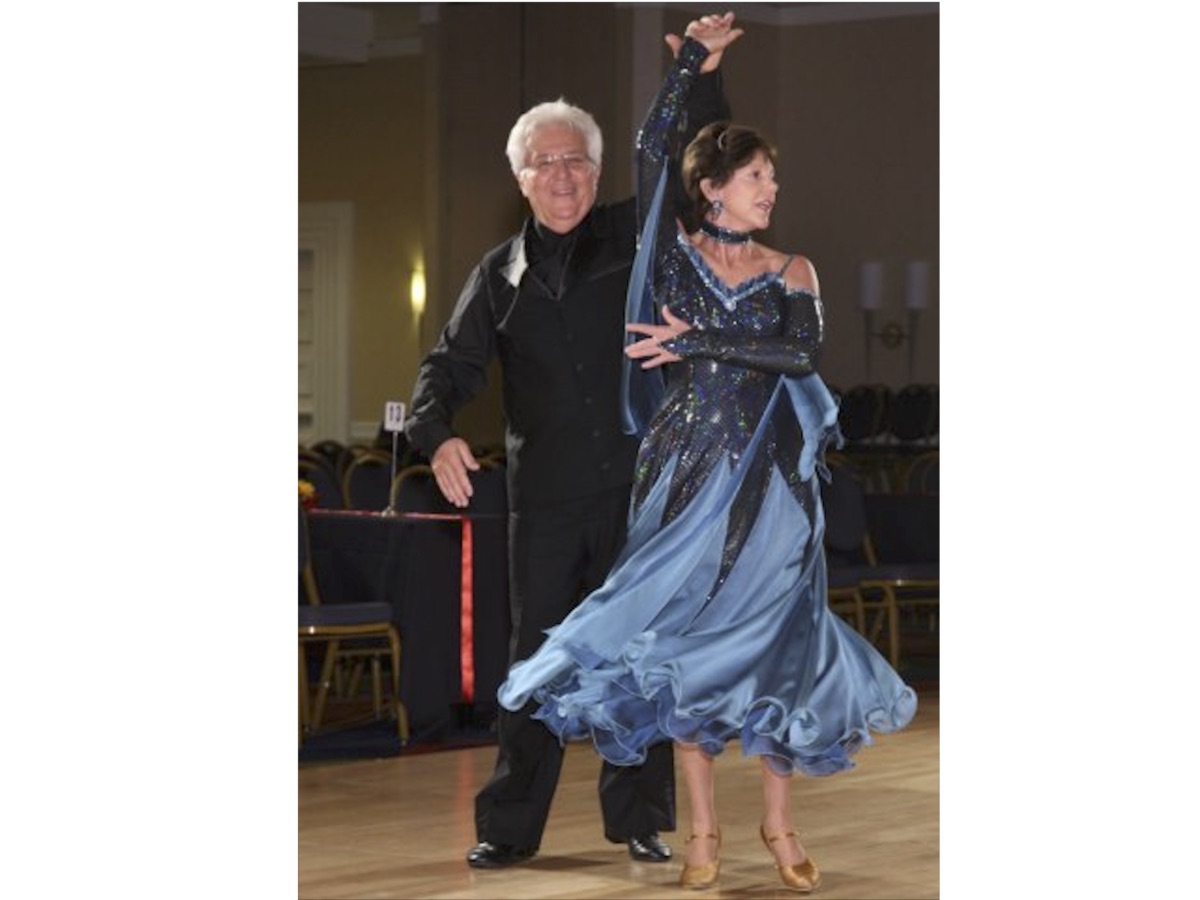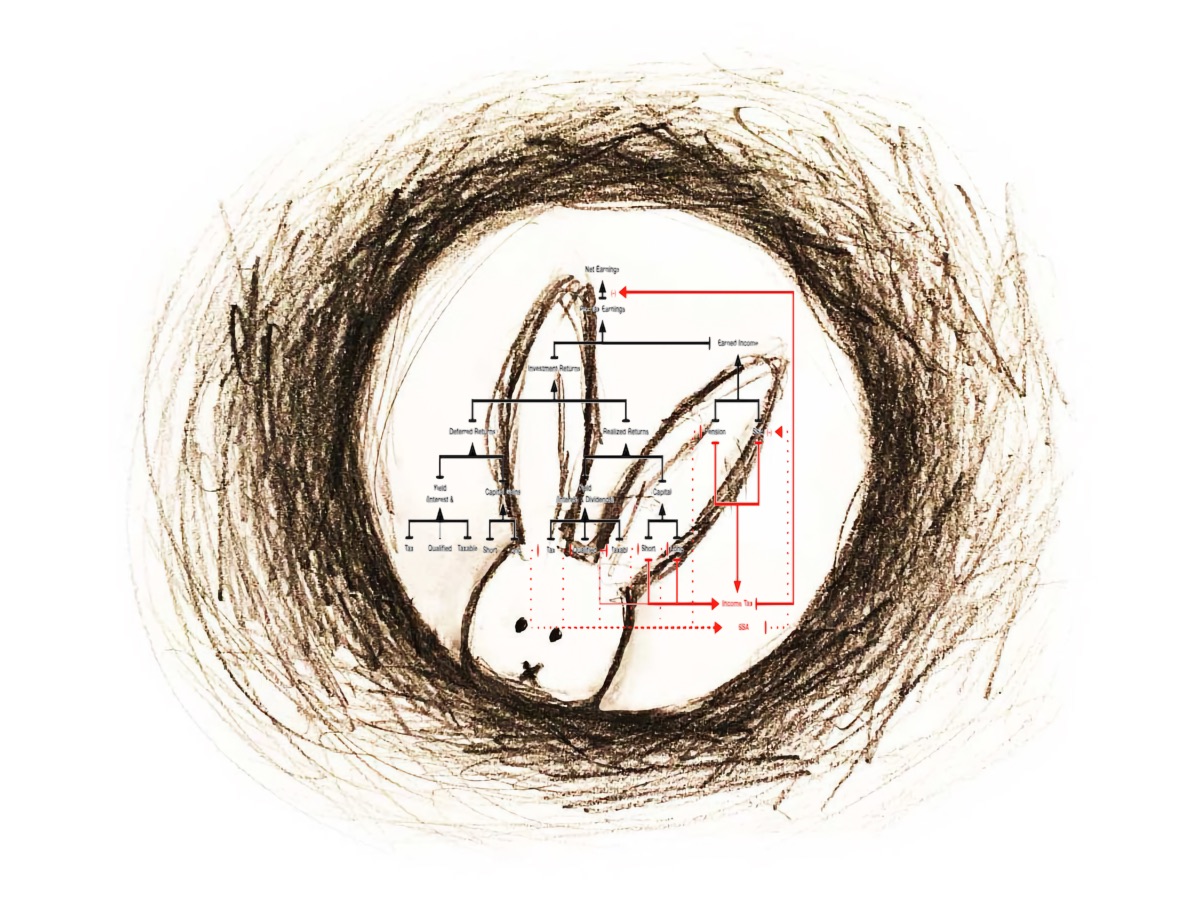Dance is the physical expression of music. Musicality is the collection skills dancers use to connect to and express music. There are many kinds of music and many kinds of dancing. This discussion is about musicality for two-partner, lead-follow dancing.
The most basic characteristic of partner dance music is pulse. Pulse is an evenly spaced repetitive pattern in a musical piece that allow dance partners to coordinate their movements. Individual pulses are often called beats and the pattern they form are often called timing. The meanings of “beat” and “timing” are contextual. They have different meaning for scoring music and different types of music. For this discussion, a beat is defined as an individual pulse and timing is the pattern they form. There are three basic types of timing: one part, two part and three part. Beats in one part timing all sound the same. Two part timing has repeating patterns of beats that are multiples of two. Three part has repeating patterns of beats that are multiples of three.
The most fundamental musicality skill for all dancers is “finding” the basic one, two or three part pulse of the music and counting the individual beats – AKA finding the beat. There is nothing to count in one part timing as all the beats sound the same. Its simplicity lends itself to freestyle non-partnered, self expression. However, lack of fixed musical reference points does not lend it to synchronization of partners movements needed for lead-follow dancing.
Synchronization to the music is first and most fundamental way partners connect to the music and to each other. Dancers must be able to find the basic two or three beat pulse of the music and count the beats. There are more complex ways to express and count timing known as measures and phrases but they are all logical groupings of two or three beats. Understanding measures and phrases allows advanced dancers to express music in more complex, subtle and individualistic ways. But, the most fundamental musicality skill is finding and correctly counting the basic two or three beat pulse.
Correctly counting the beat requires “finding the one.” There is always a musically identifiable “one” beat followed by the rest of the count. It doesn’t matter if the timing is counted as two or three beats or more complex measures and phrases. There is always a “one” followed by the rest of the count.
Many but not all dances take the first step on the “one.” For dances that start on beats other than “one,” it is still necessary to find the “one” and count to the required starting beat. Finding the “one” is an acquired skill. It takes practice, listening to many hours of music, training and tutorship. “Finding the one” and correctly counting the beat is the second most fundamental way partners connect to the music and to each other.
The third key to partner dancing to music is rhythm. Timing tells dance parters when to move to the music. Rhythm tells them how to move to the music. More specifically, how to coordinate their foot movements. Each dance style has characteristic and often complex foot movements. Different types of music lend themselves to different dance styles that often have multiple rhythms. In the present context, rhythm is the characteristic step pattern(s) of a dance style not an attribute the music per se.
The most basic step pattern is just taking a step on every beat. This is called single step rhythm. Merengue and basic waltz are two such dances. Merengue is usually danced to fast two-beat music and waltz to slow three-beat music. There are numerous other differences between merengue and basic waltz but both dances have the same rhythm. They both take a single step on each beat.
There are many rhythms other than single step. These rhythms are created by combinations of: taking one step per beat, taking one step for every two beats and taking two steps on one beat. The latter case is further complicated by breaking beats into halves, thirds, quarters or other fractals and stepping on a particular half, third, quarter or other fractal beat. Even greater rhythmic complexity arrises when similar or identical step patterns are executed to different timing counts. The third basic key to partners connecting to the music and each other is understanding and properly executing the rhythm(s) of the dance style being done.
The opposite of musical connection is getting “lost” in the music. That is, not knowing when to start and/or when and how to take steps. Waltz and merengue are very different dances but the process of not getting lost in the music is the same: find the beat, determine the timing, find the “one” and then apply the rhythm of the dance you are trying to do. Waltz is one of a few dances done to three count music. If the music has a slow three beat pulse, it is probably a waltz. Basic waltz is just taking a step on each beat. American style waltz, like many (but not all) dances, starts on “one” with the lead partner taking the first step forward with the left foot and the following partner with the right foot backward.
The case for merengue is more complicated than waltz because the vast majority of dance music has a two beat pulse. Many different dance styles can be danced to the same two count music. Each of these styles are differentiated, in part, by different rhythms. The choice of what dance style to do is determined by a variety of factors. Choosing which dance to do comes with experience. Dancers develop a “feel” for the kind of dance that fits a particular piece of music. The important thing is for both partners to know and execute the proper timing and rhythm(s) of the dance being done. Merengue is very versatile and can be danced to much two count music because of the simple single step rhythm. One finds the pulse and steps on every beat. Like waltz, merengue starts on “one” with the lead partner taking the first step with the left foot and the following partner with the right foot.
A note about dance terms. Dance nomenclature has many roots and traditions resulting in terminology that is often confusing and seemingly contradictory. For example, “merengue” is often the name given to a specific style of single step dancing done with characteristic patterns to a specific genera of two count latin music. There are other types of single step dancing that have characteristic styles and patterns that are done to other genera of two count music. Single step rhythm is sometimes called “four count swing” when done to swing or disco music. “Timing” and “rhythm” are often used interchangeably to describe elements of music and/or dance style. There are many examples of confusing, redundant and conflicting dance terms. Dancer’s should not get hung up on this trivia. It doesn’t matter what names are used for a dance, music or their elements. Focus on the basic principles: 1) find the pulse of the music (timing), 2) find the “one” and count the beat, and 3) correctly execute the foot pattern(s) (rhythm) of the dance you are trying to do.




